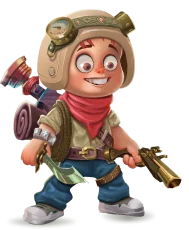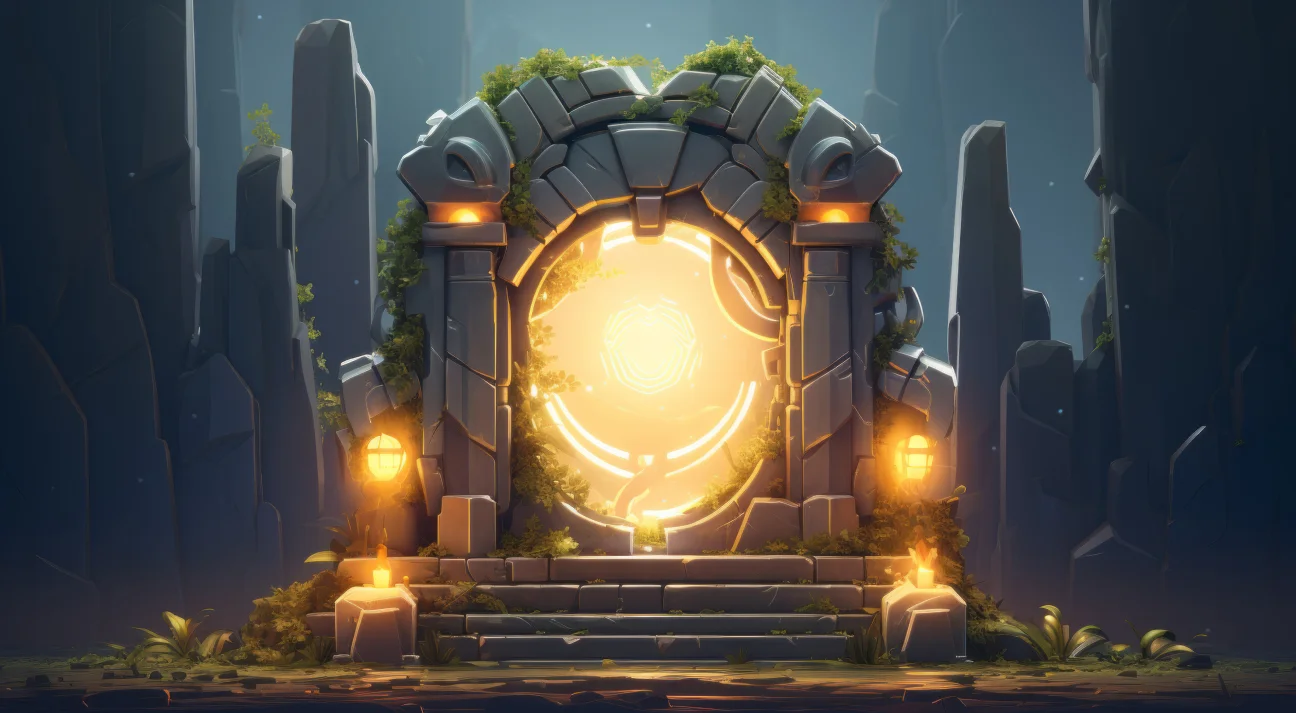
Types of 3D game Art Style: How to Choose the Right One
Would you enjoy gameplay with boring visuals? Then how would your target gaming audience enjoy it?
This itself signifies the criticality of having stunning visual elements, especially 3D games, which have added dimensionality and environmental complexity. Today, when you search for the top game downloads, the list is full of 3D games with various art styles having a whopping 100M+ downloads and millions of daily active users, whether it be PUBG, Minecraft, or Subway Surfer.
These figures are a dream for gaming entrepreneurs but are hard to achieve without these types of immersive game visuals.
Well-crafted visuals have the capability to transport the player into the gaming realm rather than just being the distant observer. This is where the choice of the right 3D art style comes into play. It is obvious as the visual is the heart of any 3D game.
What Is Game Art Style?
Game art style refers to creative choices that the game designers or artists make to design visual elements(look and feel). The visual elements comprise characters, objects/props, textures/materials, animation, skyboxes, and more.
Each type of art style has particular characteristics(textures, modeling, lighting, shading, effects, and more) leveraged by game creators to evoke desired emotions or atmospheres and convey the game narrative.
Now, let’s explore some of the most popular 3D art styles.
Types of 3D Game Art Styles
From the lifelike authenticity of Realism to the whimsical charm of cartoon art, here are some of the most popular 3D game art styles.
- Realism
- Fantasy Realism
- Low Poly
- Hand-Painted
- Cartoon
Now, let us understand each one of these game art styles individually.
1. Realism
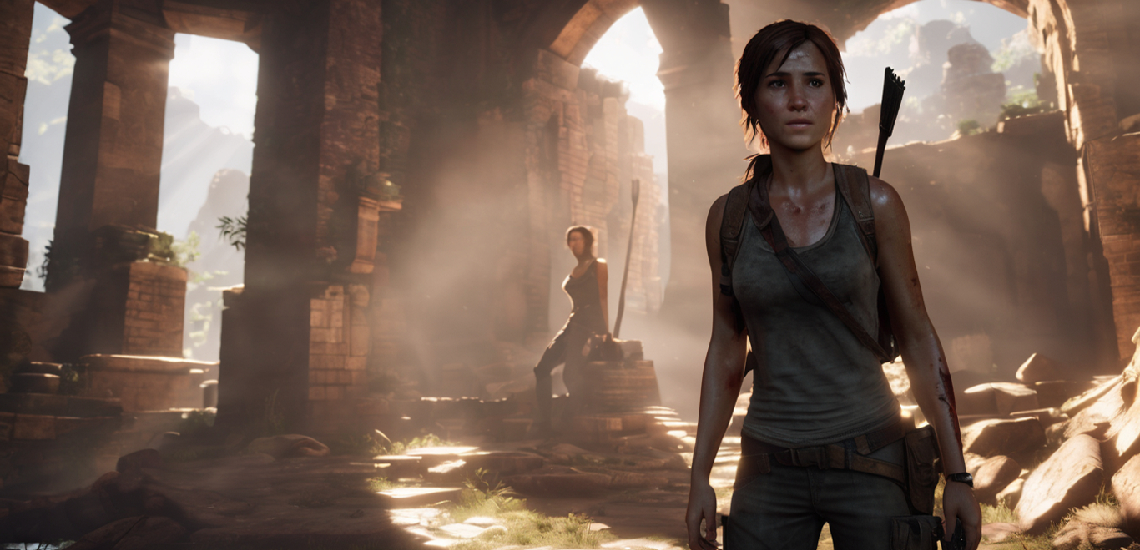
In this type of 3D game art style, the characters and environments of the game are displayed in the most realistic way possible (close to real-life characters and environment). The factors that play a key role in character and environment modeling that look real are polycount, lighting, texture, and animation.
Also referred to as photorealism art, it is the best choice for the game which mimics real life through gameplay and visuals giving the players the feel of real-life stimulation to a great extent.
It is one of the only art styles for games that intend to increase the emotional impact, visual authenticity, and credibility through the implementation of a realistic game art style. It is essential or most seen in game genres like stimulations, horror, crime/mystery games, third-person adventure games, or first-person adventure shooting games.
Some popular 3D games that adopted the Realism game art style are Read Dead Redemption 2, Assassin’s Creed, The Last of Us: 2, Microsoft Flight Simulator, etc.
2. Fantasy Realism
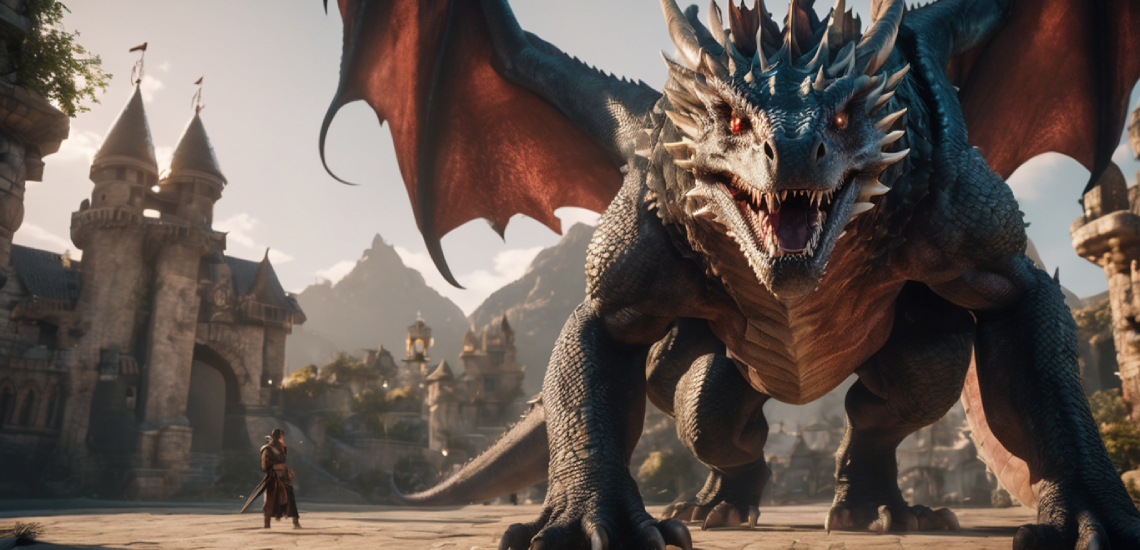
It is the 3D game art style where Realism meets Fantasy!
The best way to put this art style in the world is that the characters and environment of this 3D game art style look realistic but impossible in real-life settings. This art style enables the game creator to make the most realistic depiction of mystical or futuristic/steampunk characters like robots, aliens, monsters, fairies, and more.
This art style is extensively adopted by game genres like AR, VR, role-playing games (RPGs), and massively multiplayer online games (MMOs) which introduce game enthusiasts to alternate realities.
The games displaying the fantasy realistic gaming realm are heavily driven by imagination and creativity, unlike the previous game art style which restricts the game designers from using imagination.
Some popular games using Fantasy Realism 3D game art style are The Legends of Zelda, Fallout 4, Cyberpunk 2077, The Witcher 3, Dark Souls, etc.
3. Low Poly
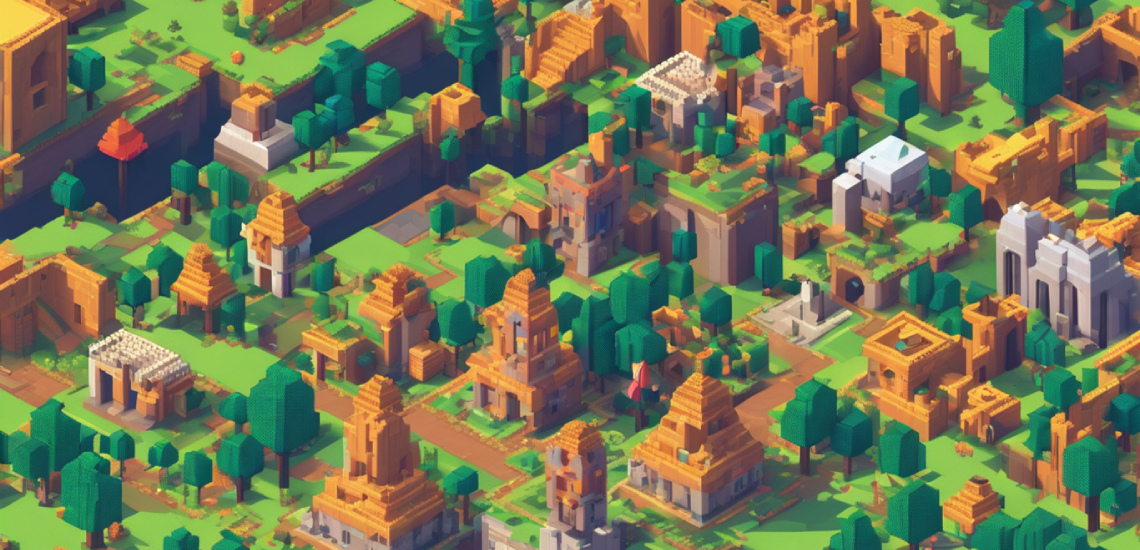
Simply put, the characters and environment in Low Poly 3D art style are geometrical shapes filled with unique colors favoring simplicity over complexity and realism. Character and 3D environment designs are created using densely placed geometrical shapes combined with stage lights and shadows.
Anti-aliasing and textures are not used, giving it the iconic blocky visuals with sharp edges which is the reason for this game art style’s popularity. This 3D game art style is for game creators aiming for retro and minimalist aesthetics with cost-effective and faster game production.
Low Poly art style is best suited for games that require low-demanding graphics yet unique/artistic visuals like video games. This game art style empowers the games to stay aesthetic even on low-spec computers.
Some games using low poly 3D art styles for games are Monument Valley, Borderlands, Divine Knockout (DKO), and more.
Also Read: How to Create Desirable 2D Game Art – The Ultimate Guide
4. Hand-Painted

Game characters and environments are displayed similarly to hand-painted textures imitating traditional painting techniques but using a stylus and tablet rather than computer graphics offering the game designers high creative or artistic flexibility.
Hand-painted 3D game designing involves lights and shadows, visible brush strokes but without any geometrical shapes. Unlike low poly, the edges are softer and have seamlessly blended colors. This art style inclines the overall game design towards attention to detail and watercolor-inspired visuals.
The overall gameplay experiences of hand-painted 3D games are visually captivating and immersive. The hand-painted art style is more effective in enhancing the storytelling impact in 3D games.
This 3D game art style is used in strategy, indie, platformer, or fantasy games which require elements of comic or cartoon with a hint of realism when needed. Some of the popular games with hand-painted 3D game art styles are Cuphead, Speedrunners, Memories Retold, and more.
5. Cartoony Style

3D games with cartoon game art style can be easily distinguished from their vibrant colors, exaggerated visuals, nonstandard proportions, expressive 3D animations, and the overall distinctive cartoonish design approach. These unconventional characters and environments are designed using a blend of low poly or hand-painted art styles.
Cartoony game art style even has some popular and widely used substyles like voxel, mixed, plasticine, and more. This art style simplified the most complex gaming concepts making it more engaging for the players.
This one of the unique art styles for the game(s) is best suited for game genres like action, platformers, first-person shooting, educational, and more. It is also the most preferred choice of game designed for kids.
Some games with cartoony game art styles are Fortnite, Overwatch, Animal Crossing, and more.

Now that you have a brief knowledge of the 3D art styles, it is time to make a tough choice of opting for one of these stunning game art styles for your game. Let us help you with the process of making this choice.
How to Choose the Right 3D Game Art Style?
With this many choices, choosing the 3D game art style that is most suitable for your game concept is a hard call to make. However, with the right strategy you can filter out the right one. Here are some of the considerations you can make when choosing a game art style for your game idea.
Understand the game’s genres or theme
Is your game a fantasy adventure, action game, horror-themed, or educational kids game? Knowing the game genre and theme would help you pick a best-fit art style that matches your game characters, environment, or the overall story.
For example, a realistic style would suit the best for military shooting games while a cartoon art style suits best for fun platformer games.
Looking for a game genre that really hits the spot? This blog breaks down what makes players fall in love with game genres and why they keep coming back for more:Top Video Game Genres: What’s Keeping Players Hooked?
Know game audience
Regardless of whether it is a game or any other product, knowing your target audience would enable you to deliver a digital product that suits their likes or preferences. In terms of 3D games, target players can fall into categories of game groups(kids, adults, etc.), casual games, hardcore games, gamers with disabilities, or more.
Not all art styles would resonate with all the group of players.
For instance, whimsical and color art style is more appealing to kids, while realistic or fantasy realism art style is more enjoyed by mature gamers.
Analyze resource and technical constraints
The project’s practical need and limitations like team size, budget amount, or platform/hardware requirements would have a considerable impact on the choice of 3D game art style that you make.
As an illustration, a Low Poly art style is preferable for a small team or mobile platform while a realistic art style would demand more resources, time, and budget.
Consider trends and innovation
Call it a curse or a boon of the tech and creative industry but what is popular today may not be tomorrow! Just as the gamers’ preferences evolve over time, so does the popularity of game styles. By watching what is currently trending, you can make a more fruitful choice of art style for your game.
Doing so would make your game relevant but innovation is what would set it apart. There are a lot of 3D games that have made their way to unimaginable downloads by not following the mainstream, and believing in their creative vision.
Pro Tip: A balance of both( trend and innovation) is the key to choosing the right 3D game art style!
Emotions you’re trying to evoke
Think of it as, what emotion you want your players to experience while playing your game. Is it nostalgia, excitement, mystery, or scary? Choosing an art style that aligns with the emotion you wish to evoke would help to create an immersive gaming experience.
Among others, the cartoon art style would induce fun and playful emotion while fantasy realism with dark and eerie elements would bring out suspense and tension.
Prototype and iterate
The smartest approach to choosing the right 3D game art style is to sample prototypes of your game with all the art styles and choose the one that suits it the best. Iterating the game art creation would provide you with real-time experience of whether or not the art style aligns with your game theme or narrative allowing you to make more insightful decisions.
You can even test these prototypes in small player focus groups to get an idea of whether the game art style is resonating with the target audience. It would help you to fine-tune your choice of game art style, saving you from last-minute regrets.
Also Read: How to Design Engaging Game Art That Elevates Mobile Gaming Experience?
Why 300Mind for 3D game art creation?
Picture this: your dream game, brought to life with stunning and captivating visuals effectively telling your game story! That is what you get with 300Mind!
300Mind is a team of highly creative game artists with a deeper understanding of various art styles. Our team will create tailored game art after understanding your game’s theme, genre, and vision to provide a cohesive gameplay experience.
We are proficient in handling a wide range of 3D game art needs from character to environment making us your one-stop solution for your 3D game art design requirements. Game artists at 300Mind keep up with industry trends and innovations to leverage its benefits in game art creation.
Our commitment to meet deadlines and assurance of creative quality is the reason for our successful projects and satisfied clients. Outsource your game art creation to 300Mind to enable your game to reach its full visual potential.
FAQ about 3D Art Style
The game art style can directly impact player engagement and gaming experience. Having the right game art style would not only encourage them to explore the game more but also would impact player retention significantly.
Game art primarily deals with the games’ visual elements which target player engagement and experience. Game design is more about how the players would play the game which involves game mechanics, concepts, rules, levels, plots, challenges, and more. If you have a game idea in mind and don’t know where to start with game art creation, you can drop us a message, and our team will reach out to assist you.
The game artists are quite tempted to mix the art styles. Doing so may or may not work in favor of the visuals you want to craft as you would end up losing players if they do not like this experimental art style. However, with a high level of design proficiency and understanding of blending or manipulating the art styles, the game visuals can turn out to be great.
